MAKE BETTER MILKY WAY TIMELAPSE
INTRO
Hey, what’s up welcome back! Milky Way Core season is finally here! So, today I want to share 8 tips plus a nice extra at the end, for shooting a timelapse of the Milky Way.
TIP 1: USE A LENS HEATER
If you're shooting in a humid area, I recommend using a lens heater to prevent your lens from fogging up. The last thing you want is for your lens to be covered in moisture and ruin your shot. It happens to me a lot of times and it sucks! So, You can get a USB lens heater or something like the LensMuff, which it uses up to three hands warmer. Or if you don't want to spend money cutting a sock in half and putting it inside a hand warmer, it will work.
TIP 2: USE A STURDY TRIPOD
There's nothing worse than blurry frames in your Milky Way timelapse, so use a sturdy tripod to prevent camera shake from the wind. You'll need to keep your camera in the same position for a few hours, so a solid tripod is crucial.
TIP 3: PLAN YOUR TIMELAPSE
Before heading out, plan your timelapse. I usually use PhotoPills to check when and where is the best time to shoot the Milky Way. Check the Dark Sky Map to find a location that is far enough from light pollution, and then check the weather forecast. If it's cloudy, you'll be wasting your time.
TIP 4: USE A FAST LENS
When shooting the Milky Way, you'll want to use a fast lens with a wide aperture. A lens with an aperture of at least f/2.8 or wider will allow more light in and help you capture the details of the Milky Way.
TIP 5: AVOID FLASHING LIGHTS
Something that I hate seeing on my timelapse is flashlights, from other photographers, from cars nearby or for my mistakes. When shooting Milky Way timelapse, try to stay away from the streets, and if you can, go shoot during the week instead of the weekend to avoid light painters, photographers, or other people walking with head torches.
TIP 6: USE THE RIGHT SHUTTER SPEED
Depending on what lens you're using, you need to be careful of star trails. Use the 500 rule or check PhotoPills to determine the maximum shutter speed you can use without getting star trails.
i.e. 500/14mm (Focal Lens) = 36 seconds of Exposure
TIP 7: SHOOT WHEN THE CRESCENT MOON IS OUT
If you shoot a timelapse when the crescent moon is rising or setting, it will make the timelapse even more dynamic, as you'll see the moon's shadow moving across your timelapse. It's my favourite time to shoot the Milky Way!
Tip 8: BRING WARM CLOTHING
Lastly, don't forget that you'll be staying outside for hours at night, so it can get pretty chilly, especially if you're in a remote location. Make sure to bring warm clothing to keep yourself comfortable during the night. If you're cold, you won't enjoy shooting the timelapse.
EXTRA TIP: USE ISO INVARIANCE
If your camera has ISO invariance, try using a low ISO and get extra exposure in post-production. This will help you get more details and achieve better exposure in your timelapse. If you want to learn more about ISO invariance, check out Alyn Wallace’s video or Javier Rosaro’s if you speak Spanish. I'll link them in the description.
So, there you have it, 9 tips for shooting a timelapse of the Milky Way.
I hope these tips were helpful, and that you're feeling inspired to go out and make a stunning timelapse of the night sky.
If you have any other tips to include, write them in the comments below.
Thanks for reading and I’ll see you in the next one!
CIAO CIAO

















